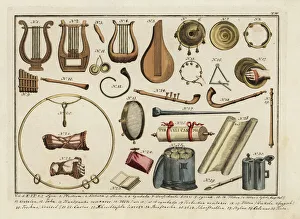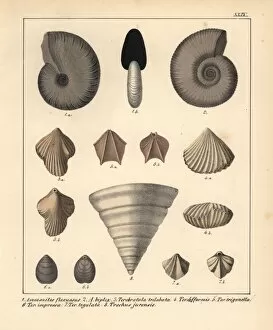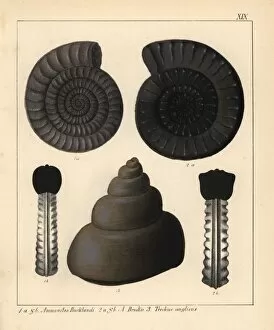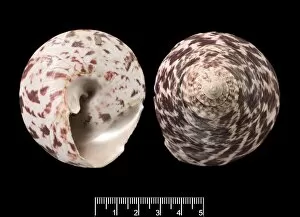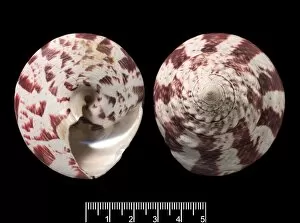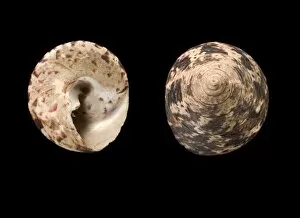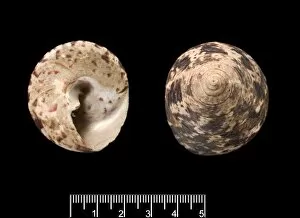Trochus Collection
"Exploring the Melodies of Trochus: Classical Musical Instruments" In this captivating engraving, we witness the enchanting world of trochus
All Professionally Made to Order for Quick Shipping
"Exploring the Melodies of Trochus: Classical Musical Instruments" In this captivating engraving, we witness the enchanting world of trochus, not as a company but as classical musical instruments. Playing at Hoop (trochus), these exquisite shells produce harmonious melodies that transport us to another era. Inspired by Winckelmann's Mon. Ant. Ined. , this illustration from c. 1923 showcases the beauty and diversity of seashells. Amongst them, we find a shell cup from the late 17th century, crafted with utmost artistry by T Charbonnier in 1881. Its intricate design captivates our eyes and transports us back in time to an era where such cups were cherished possessions. Another remarkable piece is the trochus shell cup and lid created by Thomas between 1618-1625, also featured in 1881's collection. This extraordinary work exemplifies craftsmanship at its finest, showcasing how shells can be transformed into functional works of art. But trochus extends beyond mere aesthetics; it has left its mark on history through fossils of extinct ammonites, terebratula, and cephalopods. These ancient sea creatures once inhabited our oceans millions of years ago before becoming part of Earth's geological record. As we gaze upon these fossilized remains preserved for eternity, we marvel at their intricate patterns and shapes—testimony to nature's artistic prowess throughout millennia. Lastly, let us not forget about trochus snail shells C016 / 6044-6046 which grace this collection with their presence. Each one unique in its own right - C016/6044 exudes elegance with its smooth curves while C016/6046 mesmerizes with vibrant hues reminiscent of sunsets over tranquil seas.


